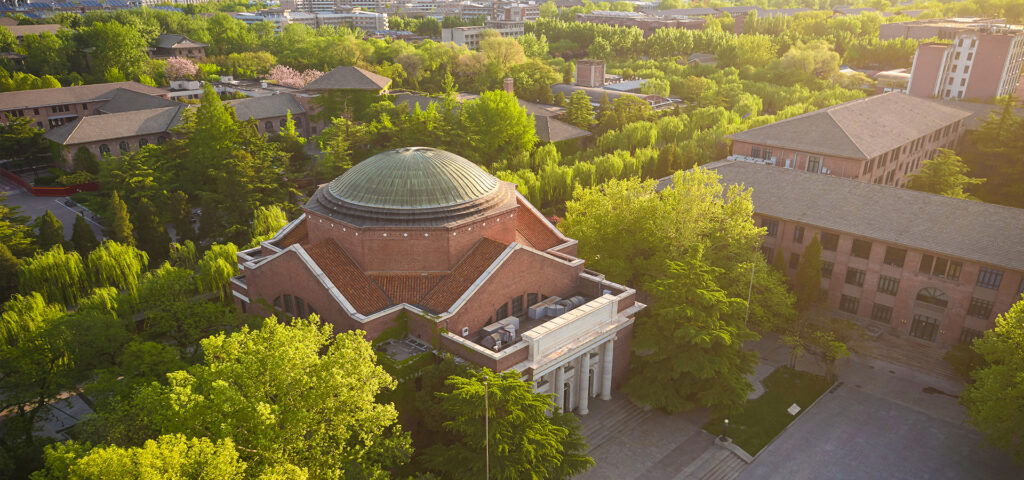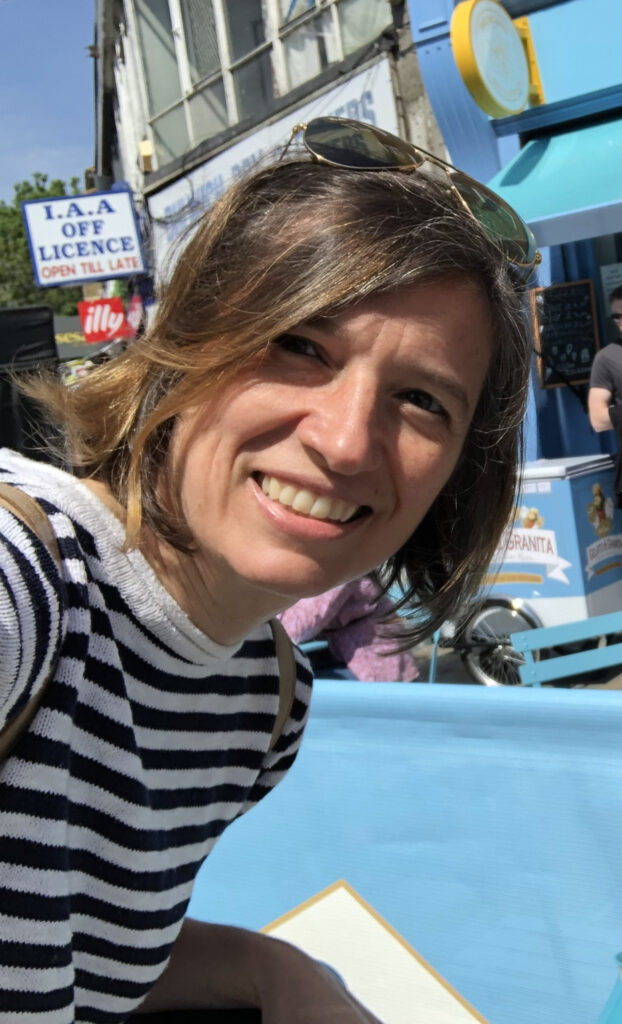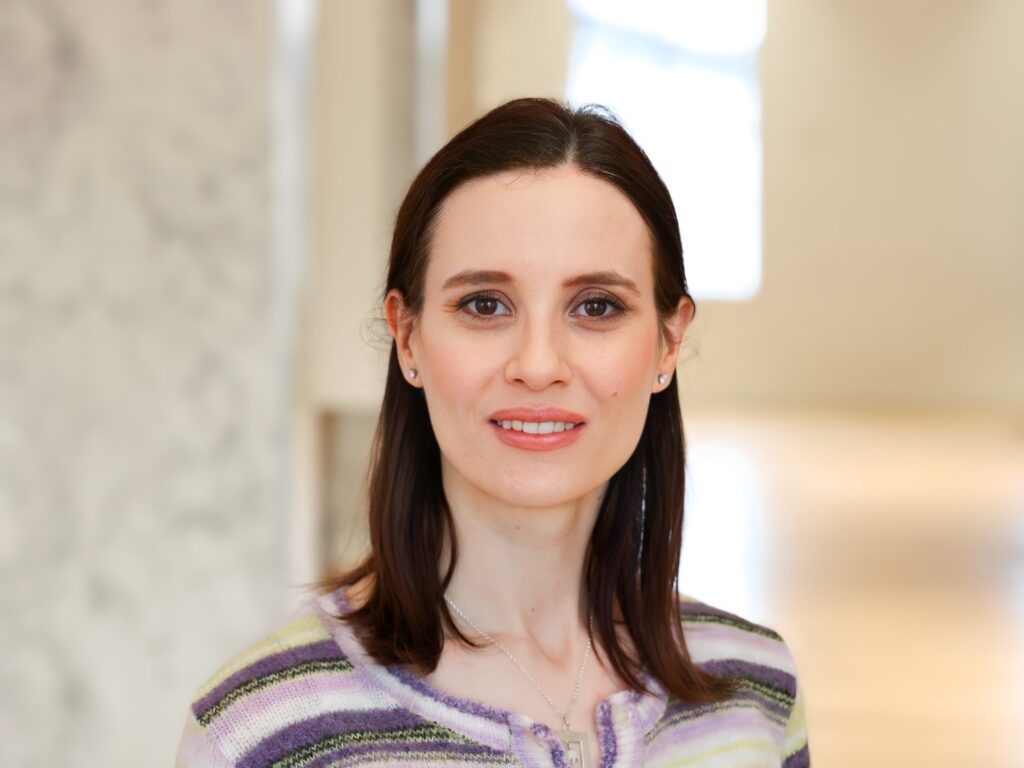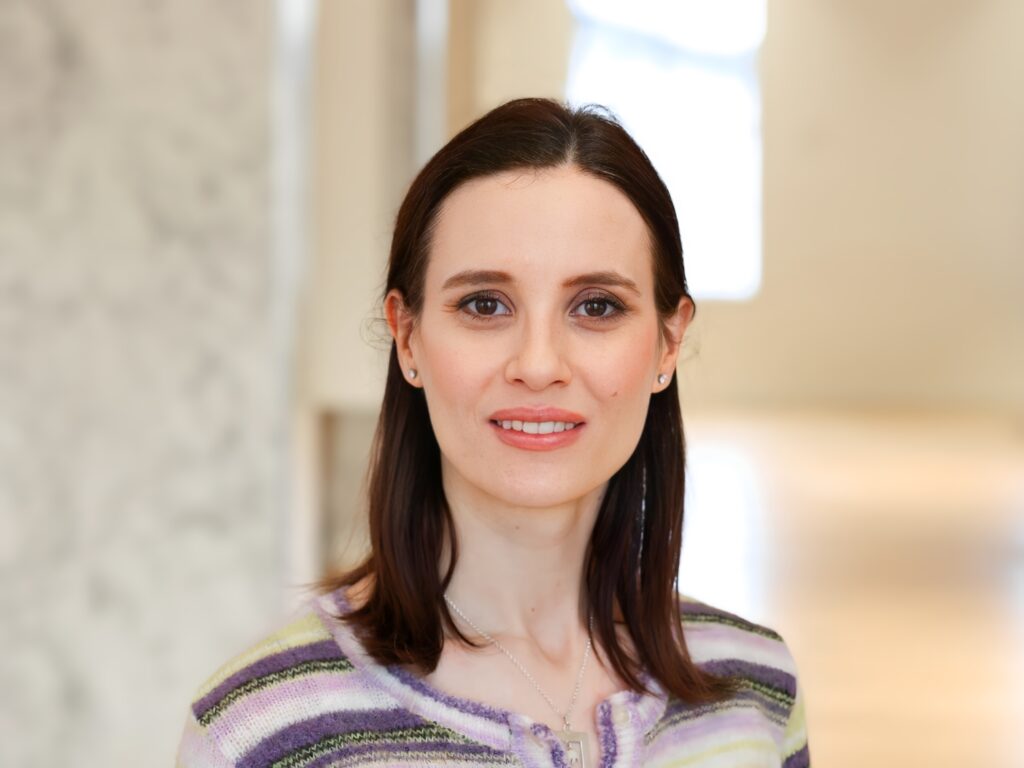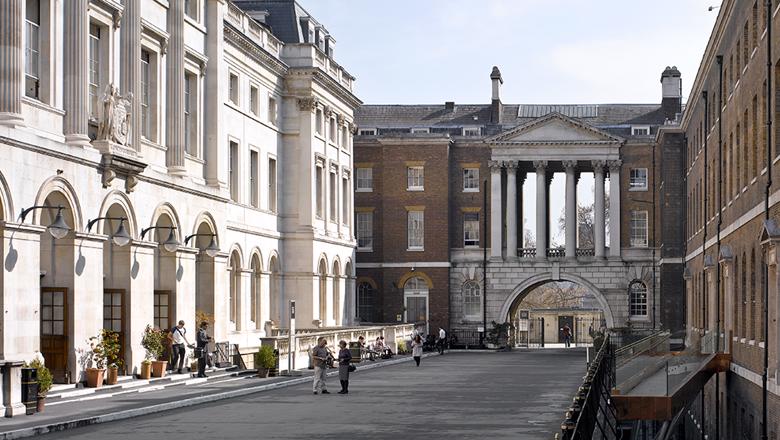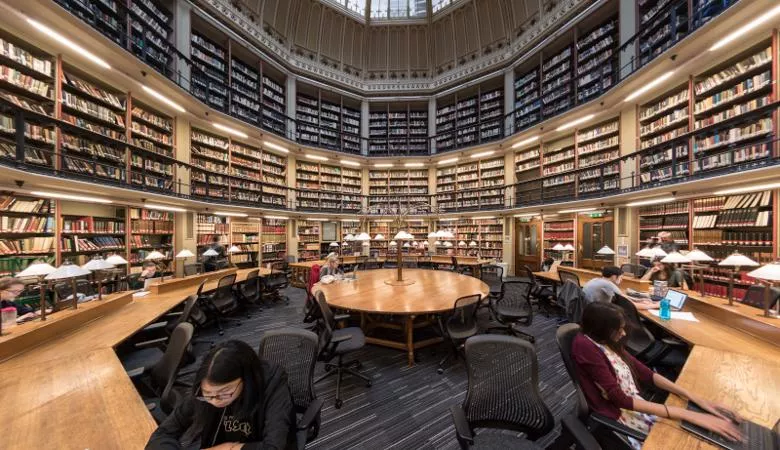
王晓光教授是武汉大学信息管理学院的二级教授、副院长、博士生导师,武汉大学大数据研究院常务副院长,武汉大学文化遗产智能计算实验室主任,武汉大学数字人文研究中心主任。他的研究兴趣是数字资产管理、知识组织、语义出版和数字人文。
1. 你如何定义数字人文?
数字人文是一个新兴的跨学科研究领域,特别关注人文与数字信息技术交叉研究主题。主要包括三种类型的研究内容,一是基于数字资源的人文研究,包括数字资源建设与开发,以及使用这些数字信息资源和数字工具进行传统的人文研究;二是基于数字模型的人文研究,也就是利用数字建模技术对人文文本、图像、音视频等文献资料进行建模和统计分析;三是针对各种新兴数字现象的研究。
2. 是什么让你开始对数字人文感兴趣的?
我2007年从武汉大学信息管理学院管理科学与工程专业毕业以后留校工作,看到了日本立命馆大学京都数字文艺研究中心正在面向全球招聘博士后,我就申请了该职位,并成功获批。在立命馆大学从事博士后研究期间,我获知他们中心获得日本政府的一个GCOE项目,并在积极利用数字技术开展京都文艺的传承保护与活化利用研究,进而了解了数字人文这个新兴的研究主题。处于职业敏感,我感觉这是一个新兴的有价值的研究方向,并且会随着数字社会不可逆转的发展会越来越受关注,代表了人文研究的趋势,同时也是图书情报研究的前沿主题,所以我对此研究领域进行了较为深入的文献计量分析,也发现该领域在全球范围内快速发展,而且呈现出日益蓬勃的趋势,越来越多的研究主题开始浮现,并且都带有明显的跨学科特色,十分吸引人,由此,我越来越感兴趣,并积极投入其中。
3. 可以给我们分享一个你参与的数字人文项目吗?
从日本回国以后,在马费成教授指导下,我在武汉大学建立了中国首个数字人文研究中心,推广和宣传数字人文研究理念。并做了一些DH projects,其中我最喜欢的还是与中国敦煌研究院合作的敦煌壁画深度语义标注项目。该项目主要与敦煌研究院的信息中心夏生平主任合作,以敦煌壁画为例,探讨如何对文化遗产图像进行深度语义建模,以揭示历史性图像中蕴含的主题和文化知识,我们融合了图像学领域潘诺夫斯基的图像志理论和信息组织领域的主题标引理论,构建了一个整合性的图像深度语义标注模型,并在此基础上开发了一个针对敦煌壁画图像的主题词表和一系列可视化标注工具,来控制标引词的规范性和实施图像深度语义标注,在此基础上我们还探索了文化遗产数据增强理论以及文化遗产智慧数据建设方案。
4. 以及一个你喜欢的数字人文项目?
目前,我们正在基于文化遗产智能计算教育部哲学社会科学实验室,做长江文明平台项目,我们将开发一个数字平台,支持先秦与秦汉时代的考古与历史研究,我们利用三维建模技术、GIS技术、人工智能技术,已经构建一个在线的历史地图编绘系统,以及一个竹简智能缀合系统,还有一个在线的先秦墓葬地理信息平台,我们也构建了一个文化遗产数字演绎剧场,用于数智化实验和展示我们的科研成果。我们希望借助这些工具和平台整合楚文化相关的历史资料数据,并以此改变楚文化和长江文明研究的范式,为数字人文研究提供一个新型研究基础设施,推动楚文化的研究、教学与全球传播。
Meet Professor Wang Xiaoguang

Professor Wang Xiaoguang is the Professor and Vice Dean of the School of Information Management and Executive Vice Dean of the Big Data Institute, Director of the Intellectual Computing Laboratory for Cultural Heritage, and Director of the Centre for Digital Humanities at Wuhan University. His research interests are digital asset management, knowledge organisation, semantic publishing, and digital humanities.
1.How do you define Digital Humanities?
Digital humanities is an emerging interdisciplinary research field, with a particular focus on research themes at the intersection of the humanities and digital information technologies. It consists of three main types of research. One is humanities research based on digital resources, including the construction and development of digital resources, as well as the use of these digital information resources and digital tools for traditional humanities research. The second is humanities research based on digital models, that is, the use of digital modelling techniques to model and statistically analyse humanities texts, images, audio and video, and other documentary materials. The third is the research on various emerging digital phenomena.
2. How did you become interested in DH?
After graduating from Wuhan University in 2007 with a degree in Management Science and Engineering, I stayed there to work. Later, I saw that the Kyoto Centre for Digital Literature and Arts at Ritsumeikan University was recruiting postdocs from all over the world, I applied for the position, and I was accepted. During my postdoctoral research at Ritsumeikan University, I learned that the Centre had been awarded a GCOE project by the Japanese government and was actively using digital technology to conduct research on the preservation and revitalisation of Kyoto’s arts and culture.,This is when I came to understand digital humanities as an emerging research area. In my professional sensitivity, I felt that this is a new and valuable research direction, and with the irreversible development of the digital society will be more and more attention, representing the trend of humanities research, but also the cutting-edge of library and information science research. I carried out a more in-depth bibliometric analysis of this research field, and also found that this field is developing rapidly worldwide, more and more research themes are beginning to emerge, and all of them are with obvious interdisciplinary characteristics, which is very attractive. As a result, I have become increasingly interested and engaged.
3. Tell us about one of your DH projects
After returning from Japan, under the support of Prof. Ma Feicheng, I established China’s first Digital Humanities Centre at Wuhan University to promote and publicise the concept of digital humanities research. I have done some digital humanities projects, my favourite of which is the deep semantic annotation of Dunhuang murals in collaboration with the Dunhuang Research Academy in China. We worked with Xia Shengping, the director of the Information Centre of Dunhuang Research Academy to explore how to model the deep semantics of cultural heritage images as an example, in order to reveal the themes and cultural knowledge embedded in historic images. We fused Pannovsky’s theory of iconography in the field of iconology and the theory of subject indexing in the field of information organisation to construct an integrated model of deep semantic annotation of images. Based on this, we developed the subject headings and a series of visual annotation tools for Dunhuang mural images to control the normality of the tagged words and implement deep semantic annotation of the images. On this basis, we also explored the theory of cultural heritage data enhancement and the construction plan of cultural heritage smart data.
4. And a DH project you like?
Currently, we are working on the Yangtze River Civilisation Platform project based on the Intelligent Computing Laboratory for Cultural Heritage (Philosophy and Social Science Laboratory of the Ministry of Education). We will develop a digital platform to support the archaeological and historical research of the pre-Qin and Qin-Han eras. Using 3D modelling technology, GIS technology, and AI, we have already constructed an online historical map compilation system, as well as an intelligent conjugation system for bamboo slips and an online geographic information platform for pre-Qin and Qin tombs. We have also built a digital deduction theatre for cultural heritage, which is used for digital intelligence experiments and displaying our scientific research outcomes. We hope to use these tools and platforms to integrate the historical data related to Chu culture, and in this way change the research paradigm on Chu culture and the Yangtze River civilisation, provide a novel type of research infrastructure for digital humanities research, and promote the research, teaching, and global dissemination of Chu culture.


